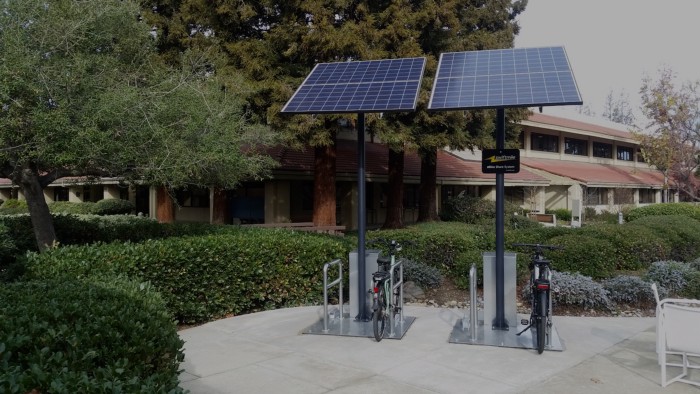6zfshdb
Well-Known Member
- Region
- USA
- City
- Northeast Pennsylvania
This could be wired up to a 110V or 220V receptacle as long as the EV charging station uses the J1772 standard. Might be a bit cheaper than the adapter mentioned by FlatSix911:


Without fast charging capability however, using such an adapter would tie up a charging port for a considerable length of time.


J1772 EV Charging Socket Vehicle Inlet Type 1 Connector Fit AC 16 AMP | eBay
Standard IEC 62196-2 Type 1 Cable Suggested 3 2.5mm2+2 0.5mm2.
www.ebay.com
Without fast charging capability however, using such an adapter would tie up a charging port for a considerable length of time.
Last edited:





